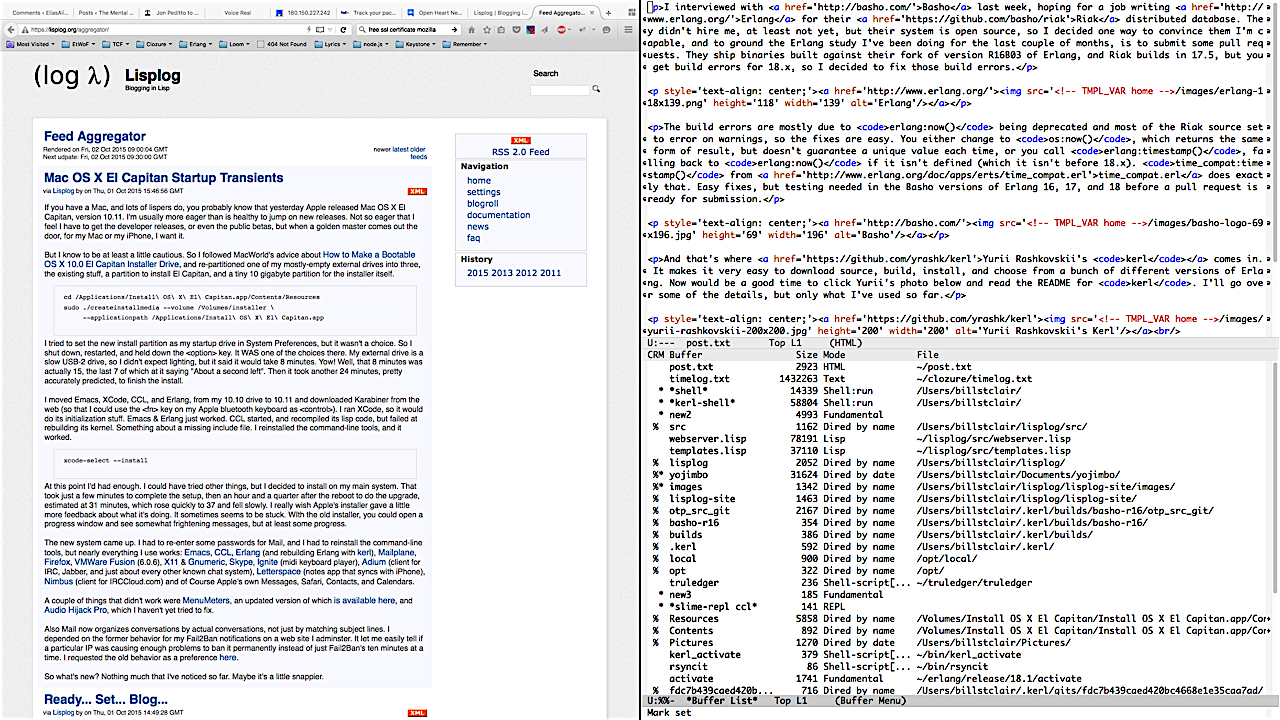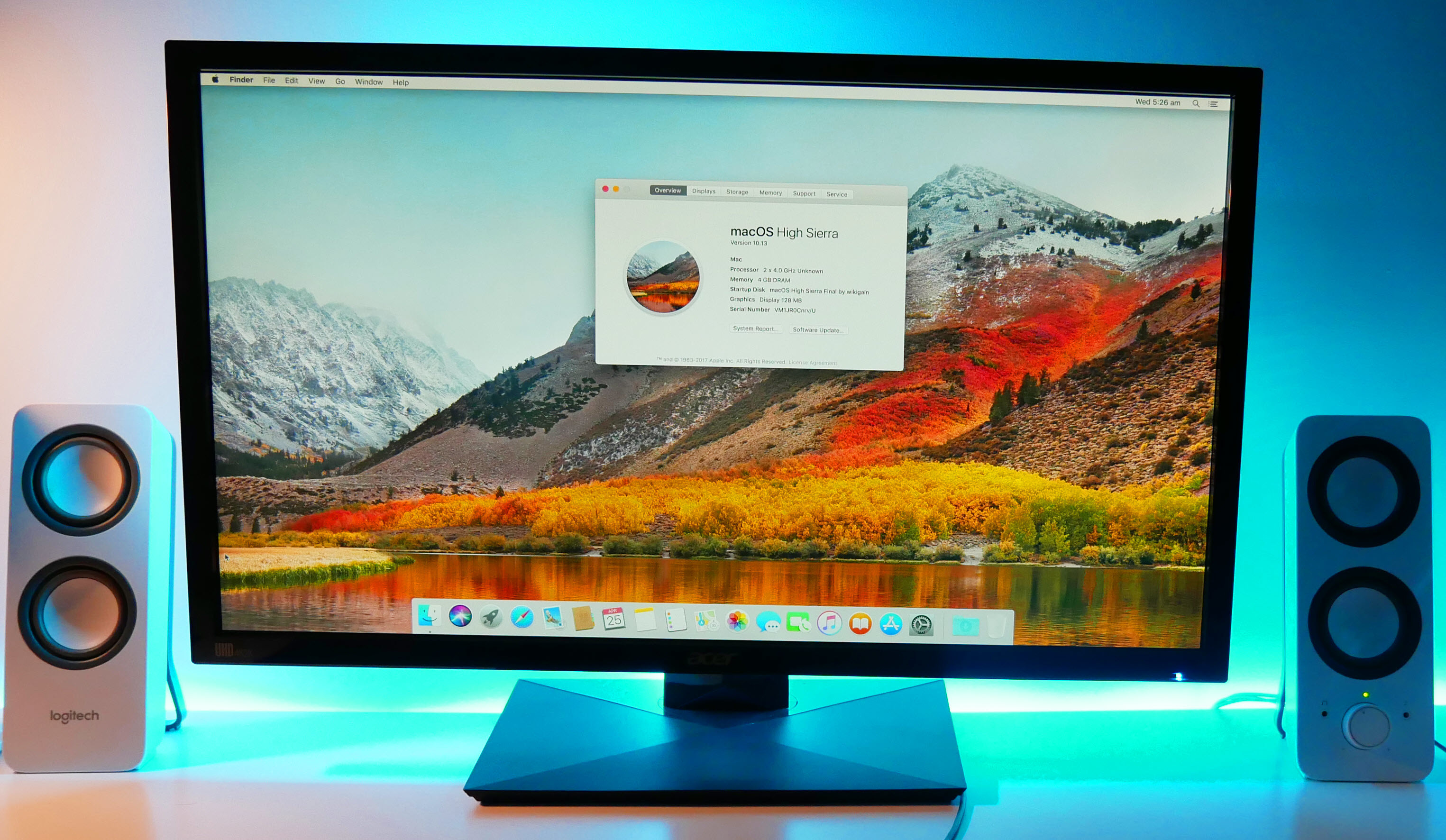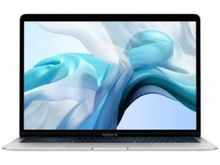- Gigabyte For Mac Os X 10.10
- Gigabyte For Mac Os X 10.8
- Gigabyte For Mac Os X 10.7
- Gigabyte Brix Mac Os X
- Gigabyte Motherboard Support Mac Os X
- Gigabyte For Mac Os X 10.13
This tutorial shows how to install 32bit OS X 10.6.3 on a Gigabyte GA P35-DS3P main board and update to OS X 10.6.7 with Pentium D processor (Pentium D processor and NVIDIA 7200GS are the reason why installation should be 32 bit and not 64 bit (owners of dual core or quad core processor and NVIDIA 8xxx cards or later can follow this tutorial and install it with legacy 64 bit vanilla kernel))

method:DVD iAtkos s3 ver2 10.6.3
Files needed:
iAtkos s3 ver2 10.6.3 iso image (search torrents) – and burn on DVD
OS X 10.6.7 Combo Update http://support.apple.com/downloads/DL1361/en_US/MacOSXUpdCombo10.6.7.dmg
Computer Specifications:
MOBO: Gigabyte GA P35-DS3P
MOBO Integrated Sound: Realtek ALC889A (works with voodoo HDA)
MOBO Integrated Network: Realtek 8111B chip (works OOB)
CPU: PENTIUM D 930 SL88S 3GHz (works with 32 bit qoopz kernel)
Graphic Card: NVIDIA 7200GS 256MB (works after editing com.apple.Boot.plist file, 32 bit only, not supported by Mountain Lion 10.8 which is 64bit only! )
HDD: Seagate 80GB SATA
DVD±RW: SONY OPTIARC AD-7260S, 24x, SATA, Dual layer
RAM: 2 x 1GB Kingston
USB Mouse
USB Keyboard
Monitor should be conected via DVI, not D SUB, must use SATA HDD AND SATA DVD (not ATA), Mouse and Keyboard should be connected via USB…
Apple TV is a digital media player and microconsole developed and sold by Apple Inc. It is a small network appliance and entertainment device that can receive digital data for visual and audio content such as music, video, video games, or the screen display of certain other devices, and play it on a connected television set or other video display. Apple TV is an HDMI-compliant source device.
- OS X driver for Intel onboard LAN A few days before Christmas I started my latest project, a new driver for recent Intel onboard LAN controllers. My intention was not to replace hnak's AppleIntelE1000e.kext completely but to deliver best performance and stability on recent hardware.
- Like New GIGABYTE AMD Radeon 7950 3GB Mac Pro compatible video card. Mac OS X 10.7.5 10.15+ & Windows (Boot camp Supported). All Mac Pro 2008 - 2012 Model 3.1, 4.1, 5.1. PCIe 2.0 Link Speed 5.0 GT/s and Boot screen.
This tutorial is for educational purposes only. You, of course, assume all responsibility for choosing to follow this tutorial. Also, OS X EULA states that you can run Snow Leopard on Apple labeled hardware only.
BIOS SETTINGS
On start, press delete to load bios, choose “LOAD OPTIMIZED DEFAULTS” and than change your settings like on pics bellow (not all changes are essential, but it’s the way i prefer).
Gigabyte For Mac Os X 10.10
If you have dual core or quad core processor, you should change HPET Mode to “64-bit mode” so your system will be 64 bit, pentium d users should leave 32-bit Mode.
Press F10 to save and exit.
Insert iAtkos s3 ver2 10.6.3 DVD and wait, it will boot up installation of OSX, wait and be patient, don’t interupt…
In a while (5-10min) installation should start like on photo bellow, press arrow for next
when install OS X appears go to Disk utility to format your HDD
Select the number of partitions you want and name it the way you want, under “Options” select “guid partition table” and press Apply
Than close Disk Utility and continue installation
Read me and press arrow for nextChoose your HDD where you want to install OS X and press Customize
Select check boxes like on photos bellow…
– choose Chameleon v2 RC5 as a boot loader
– select 32 bit boot (again this is for pentium d users, if u want 64 bit system and have core duo or core quad processor do not select 32 bit boot )
– under Modified kernel use qoopz 10.3.0 (once again this is for pentium d users, if u want 64 bit system and have core duo or core quad processor do not select qoopz kernel, in fact do not select modified kernel at all, and default vanilla kernel will be installed )
– for sound driver select Voodoo HDA, and deselect Apple HDA
– under CPU Power Management select voodoo power and voodoo P-stateNow press ok, and when window is closed, press install and wait while installation finish, when restarted remove your DVD and wait for System to boot…
System should start now, follow the first boot setup of OS X, enter your name, keyboard bla bla … and that’s it. System should be now installed and fully functional, except your graphic card, (depends on what graphic do you have).
Graphic card, in my case NVIDIA 7200GS 256MB works after adding this lines to Library/Preferences/SystemConfiguration/com.apple.Boot.plist file (copy com.apple.Boot.plist to your desktop, so you will be able to edit it)

<key>device-properties</key>
<string>4a02000001000000010000003e0200000d00000002010c00d041030a0
10000000101060000010101060000007fff04001e00000072006f006d002d007200
650076006900730069006f006e0000000800000076312e302200000040003000
2c006400650076006900630065005f00740079007000650000000b00000064697
3706c6179100000004e0056004300410050000000180000000400000000000300
0c00000000000007000000000e0000006e0061006d00650000000f0000004e56
44412c506172656e7414000000400030002c006e0061006d006500000012000000
4e5644412c446973706c61792d41100000006d006f00640065006c00000019000000
4e5649444941204765466f726365203732303047530e0000004e00560050004d0000
002000000001000000000000000000000000000000000000000000000000000
00014000000400031002c006e0061006d0065000000120000004e5644412c4469737
06c61792d4220000000400031002c0063006f006d00700061007400690062006c00
650000000e0000004e5644412c4e564d6163220000005600520041004d002c007400
6f00740061006c00730069007a006500000008000000000000102000000040003
0002c0063006f006d00700061007400690062006c00650000000e0000004e56444
12c4e564d616322000000400031002c006400650076006900630065005f00740079
007000650000000b000000646973706c61791c0000006400650076006900630065
005f0074007900700065000000100000004e5644412c4765466f726365</string>
when line is added, save the file and replace your Library/Preferences/SystemConfiguration/com.apple.Boot.plist file with the one on your desktop
note that NVIDIA 7200GS is not 64bit compatible, so instead you can use NVIDIA 8400GS which is…
for NVIDIA 8400GS you should add
<key>GraphicsEnabler</key>
<string>Yes</string>
for any other graphic card, check wiki.osx86project.org

– sleep won’t work so disable it in System Preferences.
Gigabyte For Mac Os X 10.8
To update to 10.6.7 , download 1o.6.7 combo update from here http://support.apple.com/downloads/DL1361/en_US/MacOSXUpdCombo10.6.7.dmg
Before install copy IOUSBFamily.kext and IOUSBMassStorageClass.kext from System/Library/Extensions to your desktop. Now you can install update, do not restart after installation finished, first copy IOUSBFamily.kext and IOUSBMassStorageClass.kext from desktop back to System/Library/Extensions and run Kext Utility (download from http://www.insanelymac.com/forum/index.php?showtopic=140647) to fix permissions. Now you can restart it. Your System is now updated to 10.6.7.
If you need IOUSB 10.6.3 kexts , you can also find it at http://code.google.com/p/project-osx86/downloads/detail?name=IOUSB10.6.3.zip
enjoy your new Hackintosh! any comments are welcome…
If you own an old computer that you want to turn into a Hackintosh, you'll probably have to fiddle with its BIOS, which is basically a traditional-style settings page for your motherboard. Since 2012, the BIOS standard has largely been replaced by UEFI, a newer (and better-looking) interface for managing motherboard settings. However, we believe that enough Hackintoshes these days still use BIOS to warrant a guide for it. Gigabyte motherboards have traditionally been the most widely recommended brand for Hackintoshes, so that's what we'll be covering in this tutorial.
Not sure whether your computer's Gigabyte-brand motherboard uses BIOS or UEFI? Here's a quick guide to differentiating between the two: the interface of BIOS is usually monochrome and entirely text-based. Meanwhile, the interface of UEFI usually has pictures, and allows you to use your mouse pointer. If your Gigabyte motherboard uses UEFI, check out our UEFI settings guide instead.
Gigabyte For Mac Os X 10.7
To enter the BIOS on my own computer's Gigabyte P67A-D3-B3 motherboard, I have to press the delete key when it boots (before the operating system starts). Different manufacturers set different keys for opening the BIOS.
Gigabyte Brix Mac Os X
If your Hackintosh already has Mac OS X Snow Leopard, Lion, or Mountain Lion installed, the only thing you'll need to change in the BIOS is the 'Boot Device', so that USB drives have highest priority.
If your Hackintosh doesn't have any version of Mac OS X installed yet, you have to change a few extra BIOS settings. Before starting, reset all of your BIOS settings to their factory defaults. On Gigabyte motherboards, you can reset your BIOS settings to their default by selecting 'Load Optimized Defaults' on the main page of the BIOS. Once your BIOS is running on its defaults, you need to change these three settings:
Gigabyte Motherboard Support Mac Os X
HPET - Change this to 64-bit.SATA Control Mode (your BIOS might call this a different name) - This will probably already be set to 'SATA', 'IDE', or 'RAID'. Change it to 'AHCI'. Mac OS X only works with AHCI.
Gigabyte For Mac Os X 10.13
